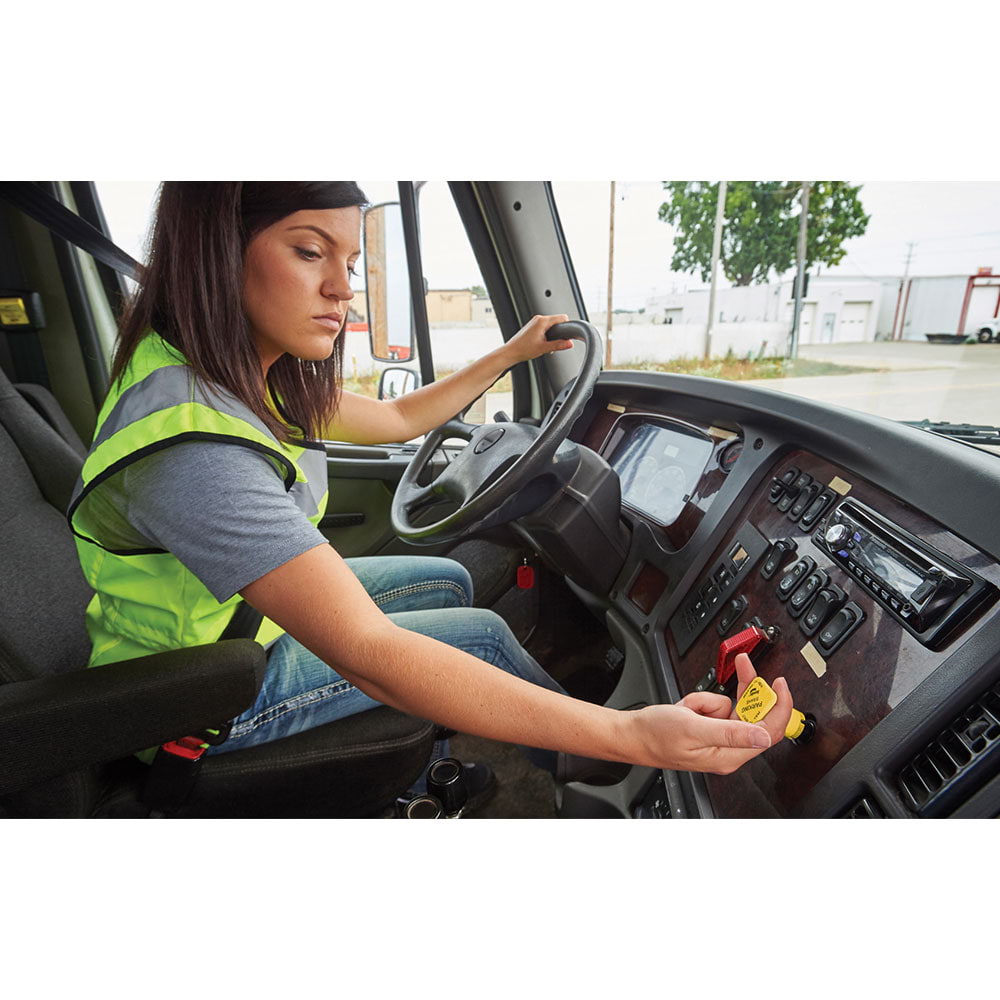
Recently, This document defines the compatibility and performance requirements for the braking systems of rail vehicles for operation in trains on the mainline.The Westinghouse air brake system is very trustworthy, but not infallible. Air brake system is most efficient and reliable braking system used to run heavy and long trains at high speeds. Air Brake freight stocks on Indian Railway are fitted with single pipe/ twin pipe graduated release air brake system. EkyxkM+h esa iz qDr , j czsd flLVe ij gLriqfLrdk Handbook on Air Brake System of Freight Stock. Air Brake System of Freight Stock CAMTECH/2011-12/M /Fr.
SCOPE No class of railroad employee should be more interested in furthering his knowledge of air brakes than the locomotive engineer. THE STUDY OF AIR BRAKES 1. Fully recharging the reservoirs on a long train can require considerable time (8 to 10 minutes in some cases), during which the brake pipe pressure will be lower than locomotive reservoir pressure.BASICS OF AIR BRAKES A.


The main reservoir is where the locomotive's air compressor output is stored, and is ultimately the source of compressed air for all systems that use it.Since the main reservoir pipe is kept constantly pressurized by the locomotive, the car reservoirs can be charged independently of the brake pipe, this being accomplished via a check valve to prevent backfeeding into the pipe. In addition to the traditional brake pipe, this enhancement adds the main reservoir pipe, which is continuously charged with air directly from the locomotive's main reservoir. Often, blended braking, the simultaneous application of dynamic and train brakes, will be used to maintain a safe speed and keep the slack stretched as the train crests a grade.Another solution to loss of brake pressure is the two-pipe system, fitted on most modern passenger stock and many freight wagons. However, if the brake pipe pressure is too low due to an excessive number of brake applications, an emergency application will not produce a large enough volume of air flow to trip the triple valves, leaving the engineer with no means to stop the train.To prevent a runaway due to loss of brake pressure, dynamic (rheostatic) braking can be utilized so the locomotive(s) will assist in retarding the train.



 0 kommentar(er)
0 kommentar(er)
